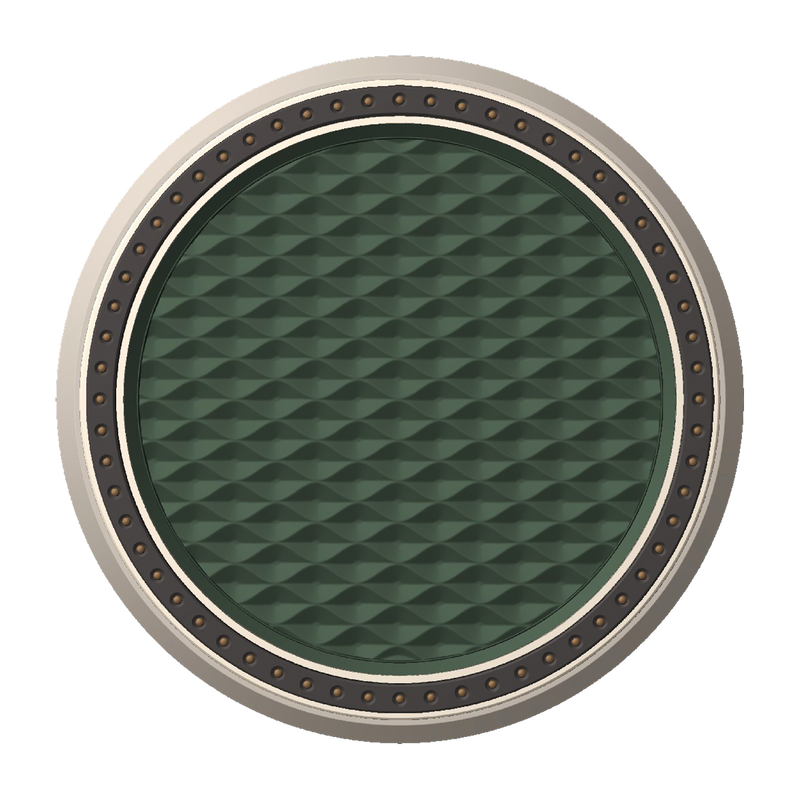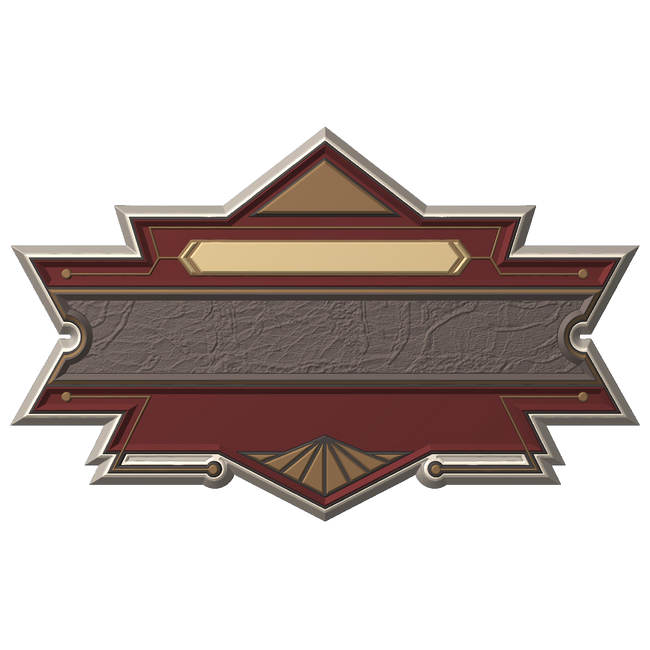Introduction
Carved signs are often chosen by businesses for their classic appearance, durability, and ability to convey professionalism. Whether mounted outside a storefront, on a feature wall, or at an entryway, these signs project a premium image that stands out to clients and visitors. But while the sign itself may be crafted to last decades, the way it is installed is equally important.
Mounting a carved sign improperly can cause significant damage to the wall material or to the sign itself. Drilling unnecessarily large holes into brick, applying excessive force to stucco, or using the wrong fasteners on timber can result in costly repairs and reduced lifespan for both the wall and the sign. That is why understanding the right installation approach for different surfaces is critical.
How to Mount a Carved Sign on Brick, Stucco, or Timber (Without Damage)
Mounting on Brick
Brick walls are a popular backdrop for carved signs because they provide strength and a timeless appearance. However, brick can be difficult to work with if the wrong tools or methods are used.
-
Avoid Mortar Joints
When mounting to brick, always drill into the brick itself rather than the mortar joints. Mortar is weaker and prone to crumbling over time, which can compromise the integrity of the installation. -
Use Masonry Anchors or Expansion Bolts
Heavy-duty masonry anchors are recommended for larger carved signs. For lighter signs, sleeve anchors may be sufficient. These provide a secure hold without requiring oversized holes. -
Drill Carefully with a Hammer Drill
A hammer drill with a masonry bit creates clean holes that minimize cracking. Always match the drill bit size precisely to the anchor specifications. -
Protect the Sign’s Backing
Use washers and spacers between the fasteners and the sign to prevent pressure points that could warp or crack the sign face. -
Seal the Holes
After installation, seal around the anchor points with a weatherproof sealant. This helps prevent water penetration that can damage brick over time.

Mounting on Stucco
Stucco presents unique challenges. While it looks solid, stucco is actually a thin, brittle surface that can crack or crumble if handled incorrectly.
-
Identify the Substrate
Most stucco is applied over plywood or concrete block. Knowing what lies beneath determines the type of anchor you need. -
Use Stucco-Specific Anchors
Plastic or metal anchors designed for stucco help distribute weight evenly. Avoid regular screws, which can strip and cause chipping. -
Pre-Drill with Care
Use a masonry drill bit at low speed to avoid creating large fractures in the stucco layer. -
Use Spacers to Avoid Direct Contact
Placing rubber or neoprene washers behind the sign prevents direct pressure on the stucco surface, which reduces the risk of cracking. -
Limit the Weight of the Sign
For larger carved signs, consider additional brackets or a frame system. This helps distribute the load across a wider area of the stucco wall.
Mounting on Timber
Timber surfaces are generally easier to work with, but they still require care to avoid splitting or long-term damage.
-
Pre-Drill Pilot Holes
Always drill pilot holes slightly smaller than the fastener diameter. This reduces the risk of splitting the wood and makes installation smoother. -
Select the Right Screws
Galvanized or stainless-steel screws are best for outdoor installations. They resist rust and prevent staining of the wood and sign. -
Avoid Over-Tightening
Applying too much torque can strip the screw holes or warp the sign. Tighten until secure, then stop. -
Add Backer Boards if Needed
For softer woods or uneven surfaces, use a treated backer board to create a level, stable mounting base. -
Seal and Protect
Apply a weather-resistant sealant around the fasteners and any exposed edges to prevent water infiltration.
General Best Practices
Regardless of the surface, there are a few universal guidelines to follow when mounting carved signs:
-
Distribute Weight Evenly – Use multiple fasteners or a mounting bracket to spread the load and reduce stress points.
-
Consider Wind Load – Outdoor signs need to be secured with hardware that can withstand gusts and seasonal weather.
-
Check Local Codes – Some areas have regulations about signage installation that must be followed for safety and compliance.
-
Plan for Removal – Choose hardware and techniques that allow the sign to be removed without leaving major damage behind.
FAQs (Frequently Asked Questions)
Q1: Can I use adhesive instead of drilling to mount a carved sign?
Adhesive products can work for very light signs on smooth surfaces, but they are not recommended for carved signs. The weight and outdoor conditions usually require mechanical fasteners to ensure stability.
Q2: What type of drill bit should I use for brick or stucco?
For brick, use a carbide-tipped masonry bit. For stucco, a masonry bit works as well, but drill at a slower speed to avoid cracking the surface.
Q3: How do I avoid cracking stucco when mounting a sign?
The key is to pre-drill slowly, use anchors designed for stucco, and distribute the sign’s weight with multiple fasteners or spacers.
Q4: Can carved signs be mounted with brackets instead of drilling directly into the wall?
Yes. Mounting brackets are often a safer choice, especially for heavier signs or delicate surfaces. They provide extra support and reduce the risk of wall damage.
Q5: What if my building has insulation behind the stucco?
In this case, you’ll need to ensure your anchors reach the structural material beneath the insulation layer. Specialized anchors or longer screws may be required.
Q6: How do I prevent water damage around the mounting points?
Apply exterior-grade sealant around all fasteners and anchor points. This prevents moisture from seeping into brick, stucco, or timber, which can cause long-term deterioration.
Conclusion
Mounting a carved sign on brick, stucco, or timber requires thoughtful preparation and the right materials. Brick demands precise drilling and sturdy anchors, stucco needs delicate handling with weight distribution, and timber benefits from pre-drilled pilot holes and corrosion-resistant screws. In every case, careful planning helps you avoid unnecessary damage while ensuring your sign remains secure and attractive for years to come.
By understanding the specific requirements of each surface and following best practices, businesses can display their carved signs confidently—achieving a professional look without compromising the integrity of their walls.
Getting high-quality 3D carved signs has never been this easy! We use only the highest quality material and paint finishes available for unmatched elegance and longevity. Check out Carved Signs and our outstanding sign collection. Just pick your style and customize it - we do the rest! Feel free to contact us online or call us at +1 (970)-455-8443.




